Beazley Designs of the Year
Q&A with Paul Cocksedge
To mark this year’s Beazley Designs of the Year, the Design Museum speaks to Paul Cocksedge about how his furniture series captured a moment in time and a story that could have easily been erased by bulldozers.
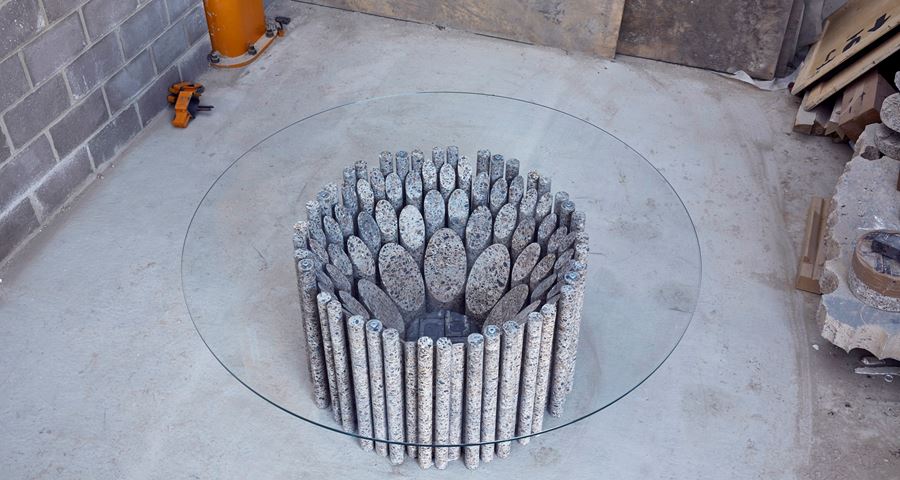
Q: Congratulations on being nominated for this year’s Beazley Designs of the Year, what does it mean to you to be put up for this award?
It's fantastic news seeing a project like this exhibited at the Design Museum, particularly as it’s connected with London’s disappearing creative spaces. It gives visitors a taste of the places that we’re losing, as developers move in and creatives are forced to move out.

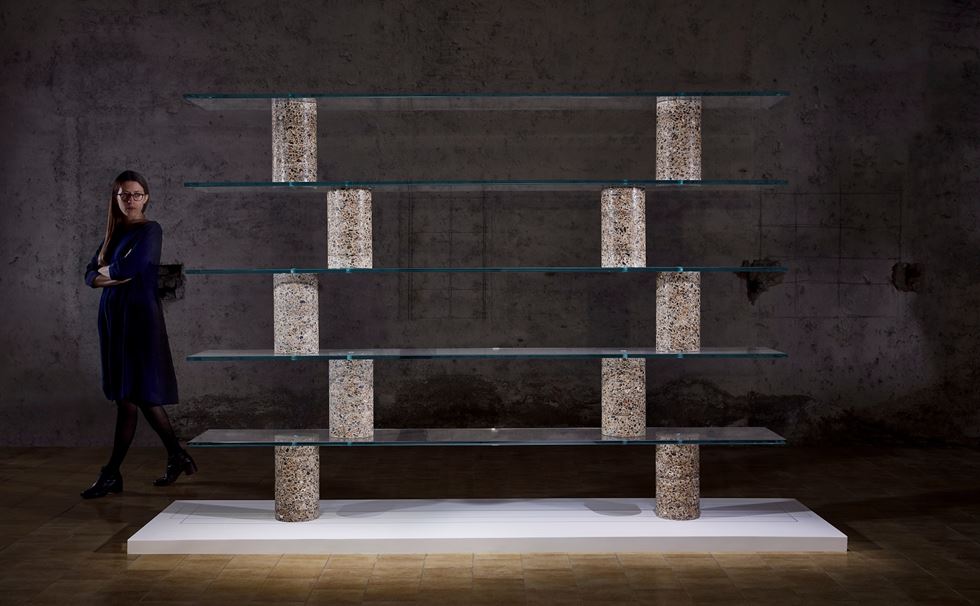

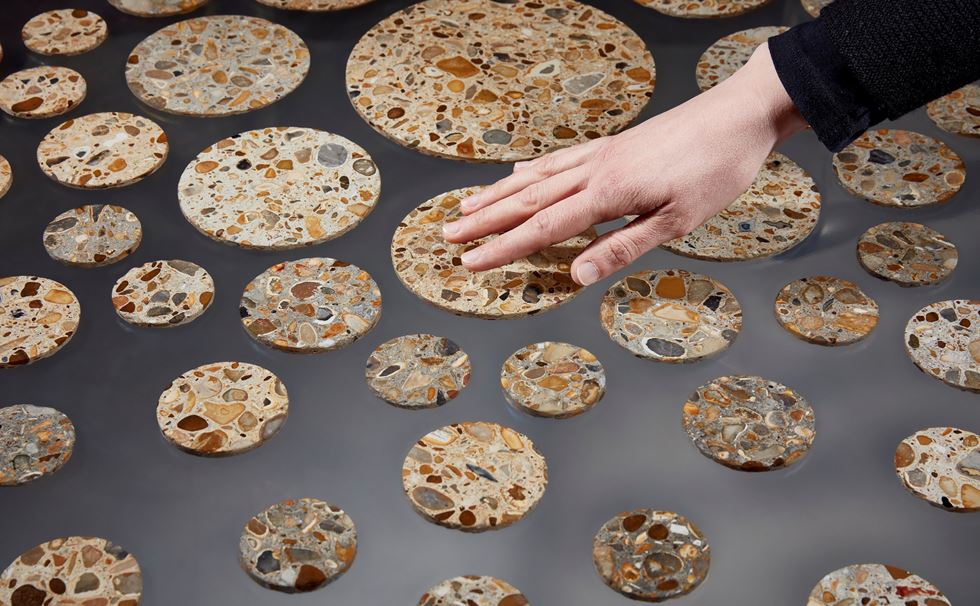
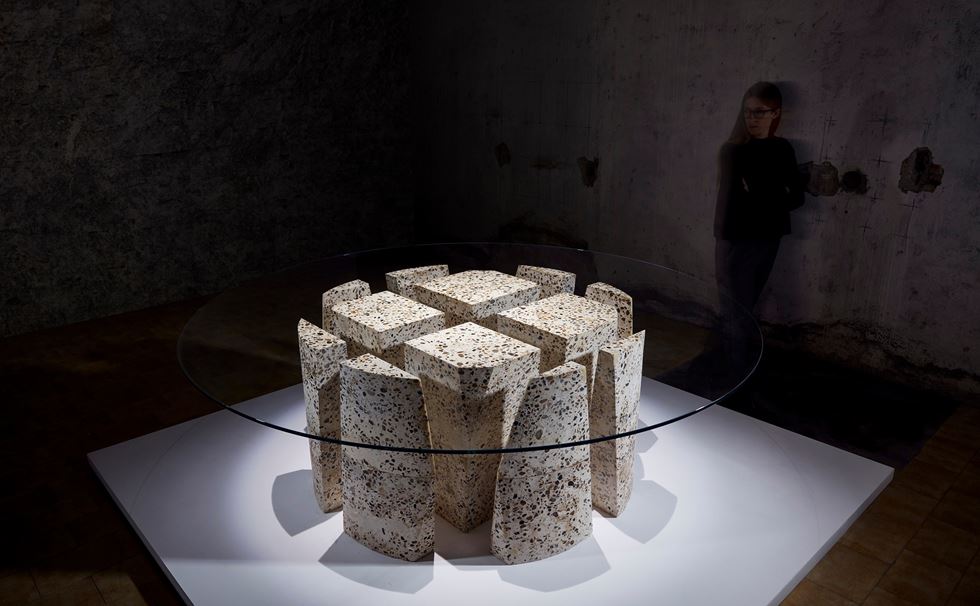

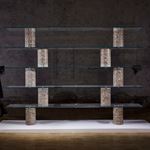
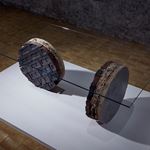
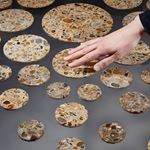
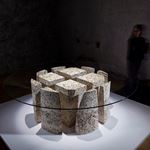
Q: Can you tell us about why you decided to mine the floor of your studio for your furniture series, EXCAVATION: Evicted?
It was a response to our landlord telling us that we were being evicted from our studio. As a way of understanding that news, and processing our disappointment, we made the decision to drill into the floor of the building. It was an experimental process, so we didn't know what the outcome would be at the beginning.
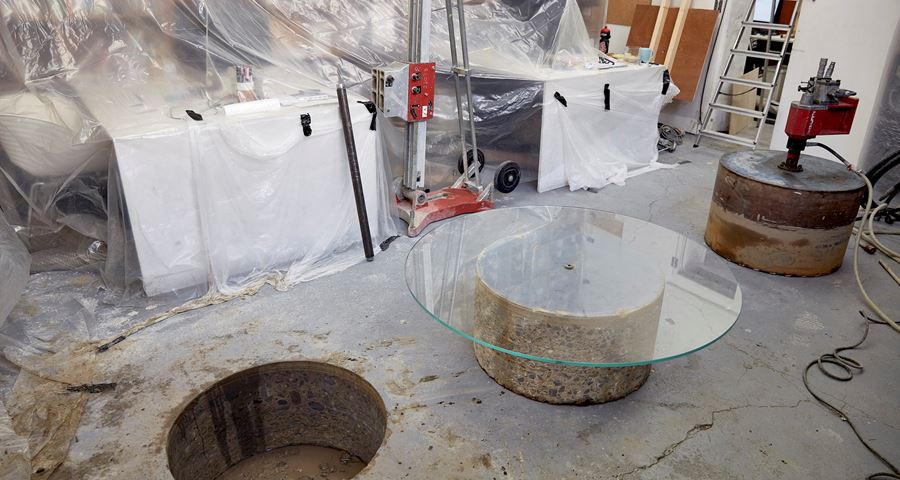
Q: What obstacles did you face whilst working on this project?
We faced many obstacles along the way. Not only was it a secret project, but we had to be very careful not to dig into the floor and affect the foundations. This meant scanning it beforehand to consider the structure, and make sure we weren't drilling into gas pipes or putting people in danger. It was also about how we worked with the material we excavated, to make it into something precious. This meant drilling, fine-cutting and polishing. So from one extreme it was about quite physical labour, and at the other it was about very delicate stone-cutting work.
Q: Was the reaction to your project generally positive or negative?
We weren't doing this project for a client or for press coverage, it was about something more emotional, so it was great to see positive reactions. We had support from Beatrice Trussardi, which allowed us to complete the project and exhibit it in Milan. I think one of the reasons people were interested was because this piece overturns the idea of design as just something functional, or problem-solving. I hope when people visit the Design Museum they see something that contrasts modern making techniques and, in a way, goes back to primitive methods of doing things.
Q: Your Hackney studio, which you occupied for 12 years was a former Victorian stable. Was there anything interesting that you uncovered beneath the surface of the building?
The Victorian bricks were a highlight. Drilling in and seeing this red dust coming out, and contrasting the soft greys of the concrete, was really fascinating. It exposed the original purpose of the building, which was as stables for horses. Finding all these materials underneath our studio was a different kind of design process – we didn't design things on paper and try to make them, it was more about excavating and seeing what came out, and how that could lead the design. It was a chance to get into a different kind of creative rhythm, less about the conscious and more about the subconscious.

Q: What was the first conversation you had with your team and how did the design process develop from there? You mentioned that you had to start by digitally scanning the floor?
The first conversation came while I was pacing around the studio in frustration, after the news that we were going to be evicted. That moment of silent walking across the floor gave me the idea of drilling into the foundations – which was instantly exciting for us. As I mentioned before we scanned the floor first, and then started work using massive core drills with diamond tips – something I've never worked with before. It was about that passion of making, and going back to that 'what if' moment.
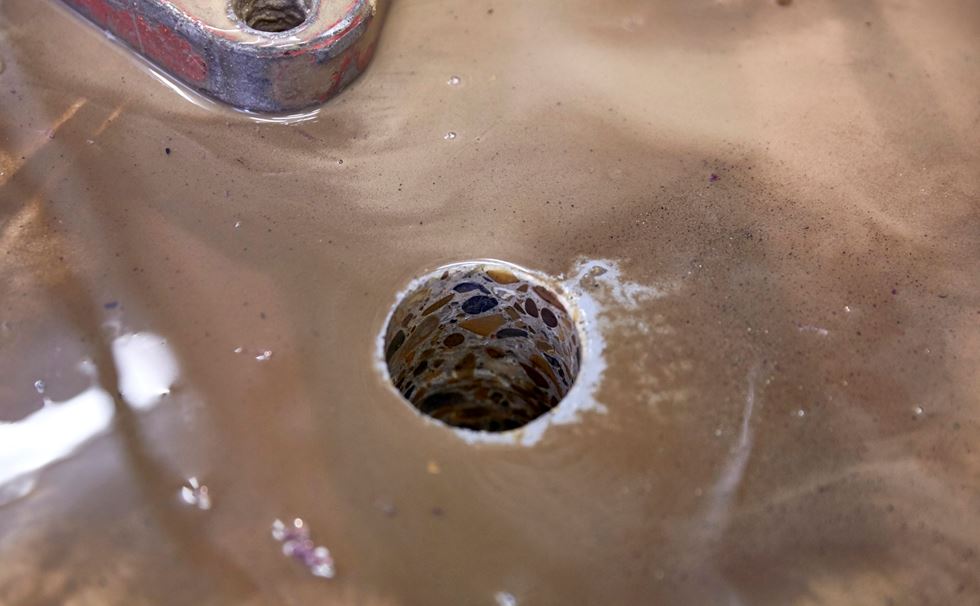

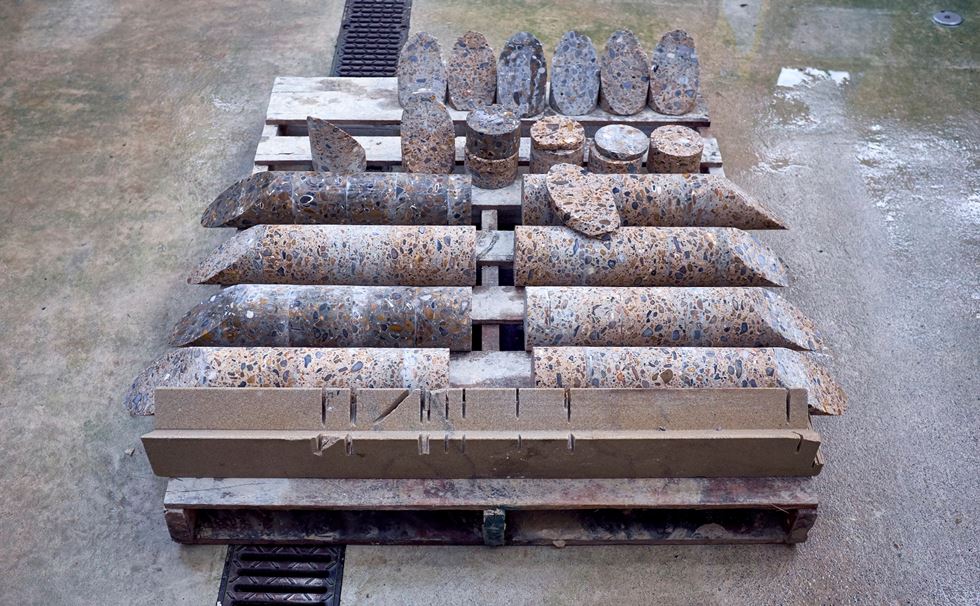

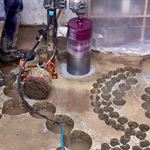

Q: You see your collection as a celebration of “tension and creative energy”. Can you tell us what you mean by this?
EXCAVATION: Evicted is a reaction project. It's about the tension between leaving our studio, and the creative energy that provoked. It became a comment on the way London is changing, and part of some more political conversations about creative space, who owns it, and how it's used.
Q: Your furniture series reacts to and documents how practices, studio sizes and lifestyles must adjust to the challenge of living in a congested and increasingly expensive city. How do we overcome the problem of London’s disappearing creative spaces and what does the future hold for the industry?
I think that creativity will always find a way to survive in cities. It's part of our evolution and our instincts, and the beauty of being alive. However I do believe we should fight to help and support creative people as much as we can, so it’s not a struggle for them to find places to work in - and we need to be careful how we do this. For example, because of lack of space there’s a trend for creatives to work in small shared studios or coffee shops, which can work for some disciplines, however we should never underestimate the importance of space for experimentation - making, testing, drawing, and being able to stand back from your work and take time to reflect. At the moment, London needs fresh ideas about how to unlock or create new places that can provide this. There need to be genuine systems in place to help support people, and give them spaces to work in. Without creativity, cities become bland.

Q: What is the latest news regarding your project? Has it fulfilled your initial hopes?
For it to be recognised by a London institution like the Design Museum is an honour. It's allowed us to explore a new kind of making, which is something we're incorporating into new studio projects. It helped me think about some of the questions around London, and how to help creative people keep being creative. EXCAVATION: Evicted has given me a thirst to find ways to help, if I can.
Q: What’s the one thing you’d like people to remember about EXCAVATION: Evicted when they leave the Beazley Designs of the Year exhibition?
We want people to think about how London is changing, and how that’s affecting the city’s creative spaces and the people who rely on them to work.
Q: If you had one piece of advice for a young designer starting out, what would it be?
I think it’s important to stay genuine to your creative process. There’ll be external forces telling you to take an easier route and to compromise, but my advice would be to stay true to what you believe in.
Related exhibition